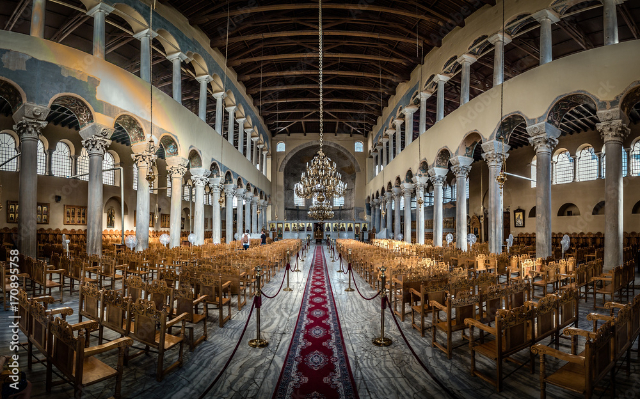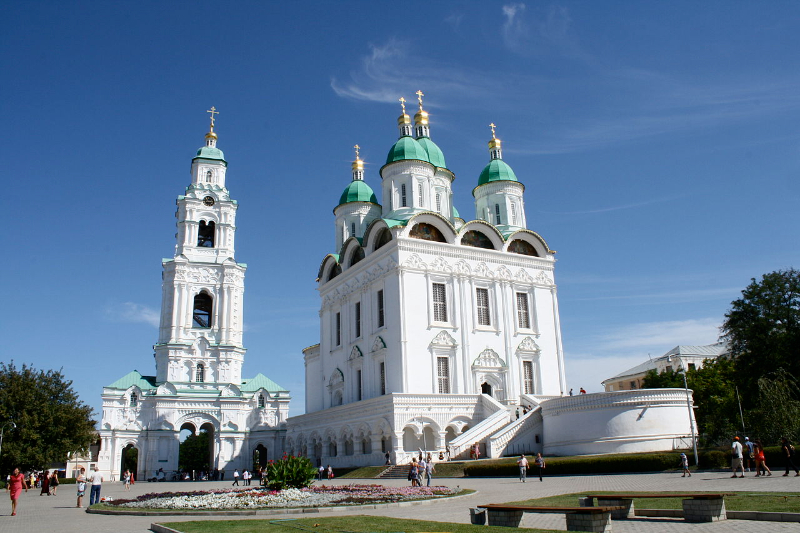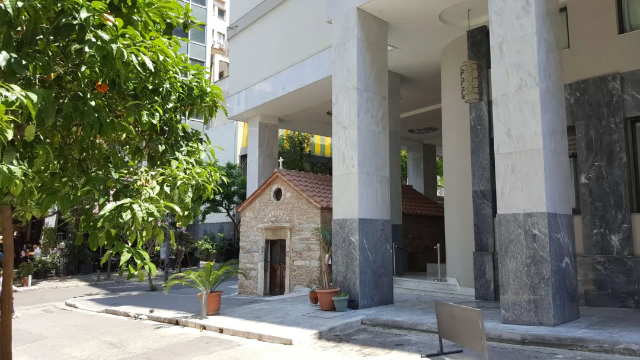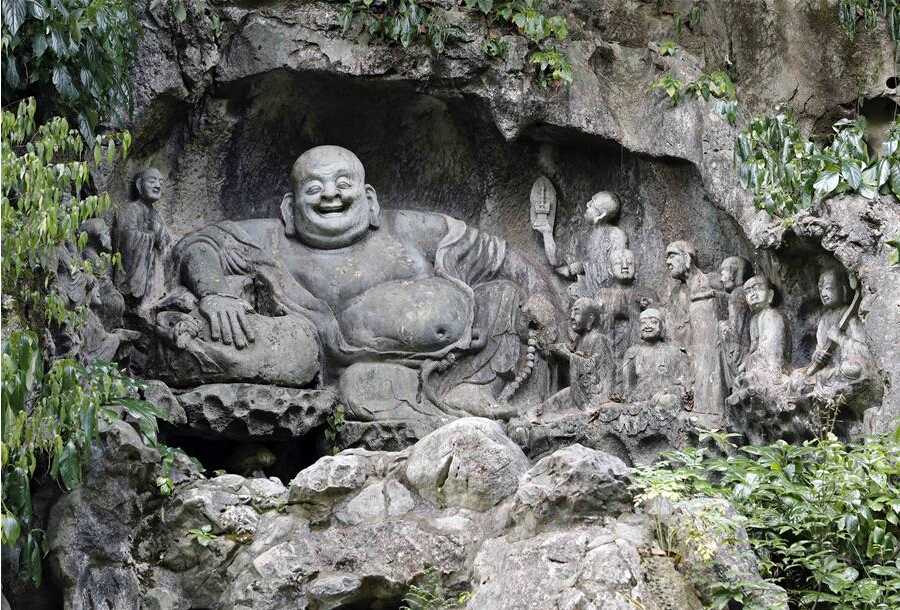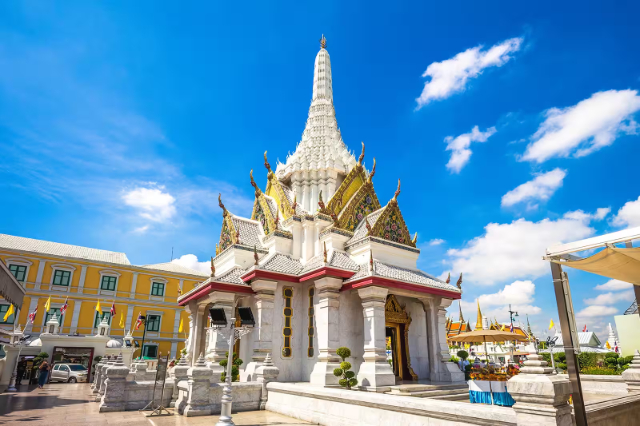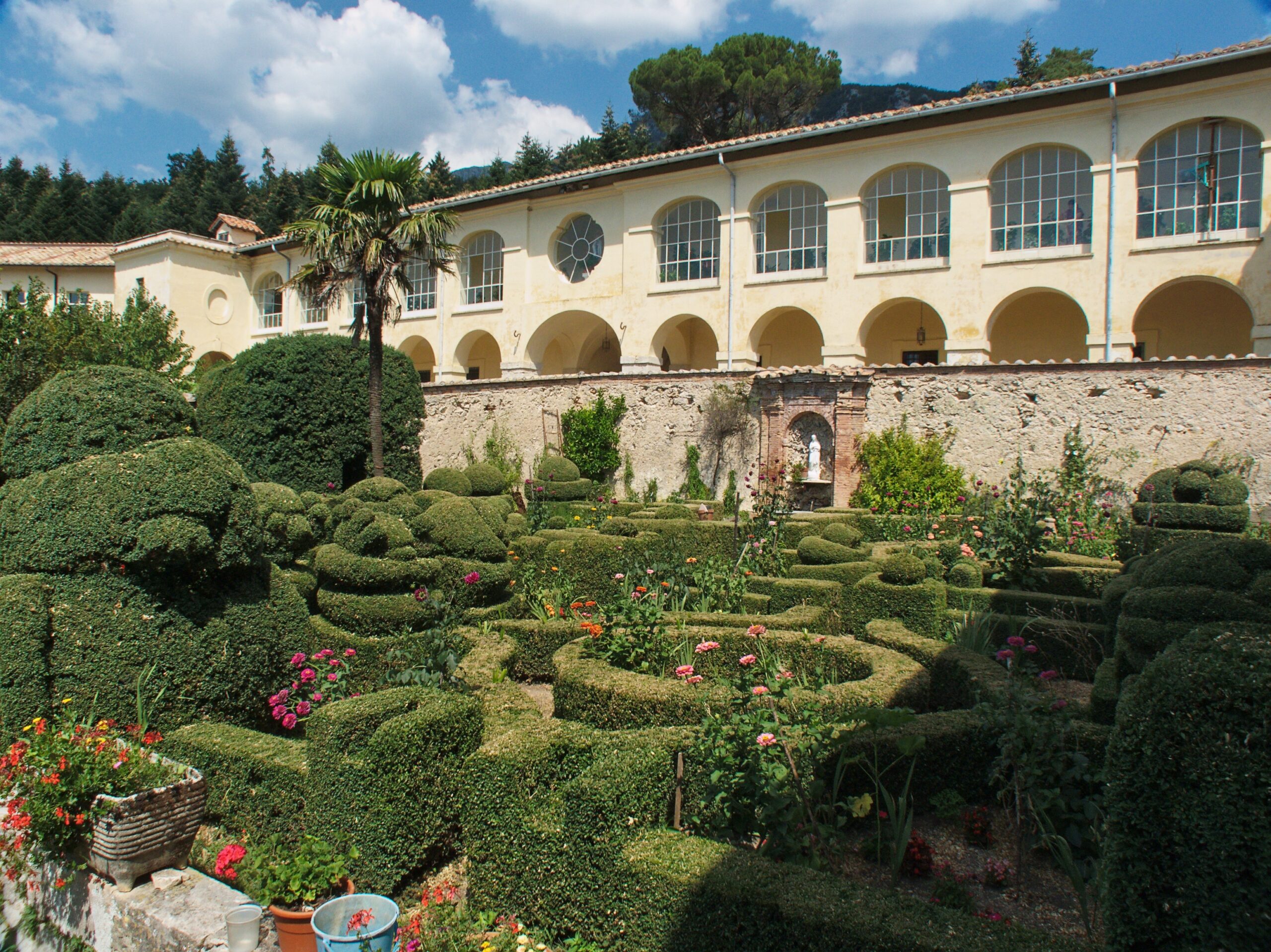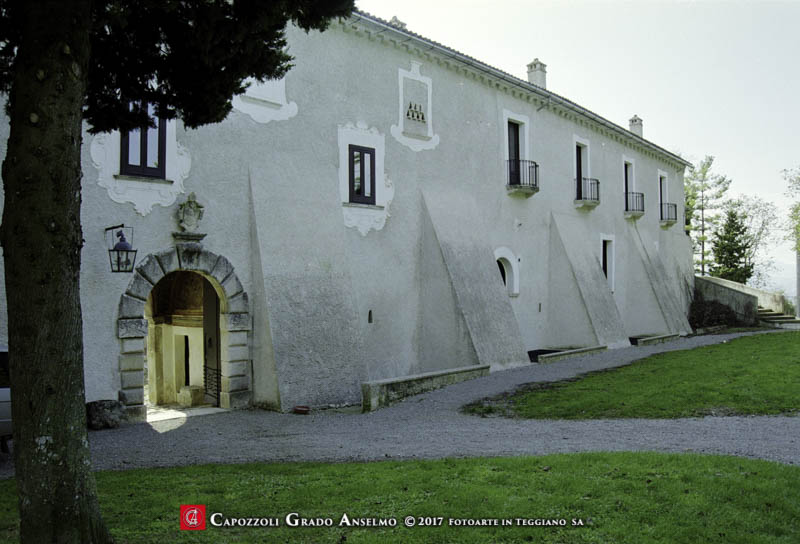The
The Church of Panagia Acheiropoietos in Thessaloniki, Greece, is an awe-inspiring early Christian monument, recognized on the UNESCO World Heritage List. Built in the middle of the 5th century, it is dedicated to the Virgin Mary and is an exceptional example of an early Christian basilica in Greece.
The name Acheiropoietos, meaning “not made by hands,” is said to be connected to an icon of the Virgin Mary that was miraculously formed inside the church, without human intervention. The name was first documented in 1320.
The church also has a significant historical connection to Agios Dimitrios, and during the Byzantine period, the church was an essential stop during the procession on the eve of this saint’s celebration day.
Built over a Roman public bath complex, the church’s architectural design is that of a three-aisled basilica with a wooden roof and a gallery known as the gynaeconite. The northern aisle ends on the east at a chapel dedicated to Agia Irini from the Middle Byzantine period.
Architecturally stunning, the church features Corinthian capitals and columns made from the renowned white marble of Proconnesos, crafted in Constantinople workshops. Two columns of the tribelion are made of green Thessalian marble, further enhancing the church’s grandeur.
The church is renowned for its well-preserved mosaics that adorn the inner arches of its colonnades. These mosaics, characterized by plant and geometrical motifs as well as animals and Christian symbols, are recognized for their exceptional artistry and technical brilliance. They were crafted by the mosaic masters of the Thessaloniki workshop during the early Christian period.
Although only a few 13th-century wall paintings survive in the southern aisle, they are noteworthy for depicting military saints and being part of the representation of the Forty Martyrs of Sebaste.
The church bears a complex history; it was converted into a mosque by the Turks in 1430 and remained so until 1912. During this period, its internal decorations were damaged. Despite this, the Church of Panagia Acheiropoietos remains a unique testament to early Christian architecture and a significant site for both historical and religious studies.
, Greece, is an awe-inspiring early Christian monument, recognized on the UNESCO World Heritage List. Built in the middle of the 5th century, it is dedicated to the Virgin Mary and is an exceptional example of an early Christian basilica in Greece.
The name Acheiropoietos, meaning “not made by hands,” is said to be connected to an icon of the Virgin Mary that was miraculously formed inside the church, without human intervention. The name was first documented in 1320.
The church also has a significant historical connection to Agios Dimitrios, and during the Byzantine period, the church was an essential stop during the procession on the eve of this saint’s celebration day.
Built over a Roman public bath complex, the church’s architectural design is that of a three-aisled basilica with a wooden roof and a gallery known as the gynaeconite. The northern aisle ends on the east at a chapel dedicated to Agia Irini from the Middle Byzantine period.
Architecturally stunning, the church features Corinthian capitals and columns made from the renowned white marble of Proconnesos, crafted in Constantinople workshops. Two columns of the tribelion are made of green Thessalian marble, further enhancing the church’s grandeur.
The church is renowned for its well-preserved mosaics that adorn the inner arches of its colonnades. These mosaics, characterized by plant and geometrical motifs as well as animals and Christian symbols, are recognized for their exceptional artistry and technical brilliance. They were crafted by the mosaic masters of the Thessaloniki workshop during the early Christian period.
Although only a few 13th-century wall paintings survive in the southern aisle, they are noteworthy for depicting military saints and being part of the representation of the Forty Martyrs of Sebaste.
The church bears a complex history; it was converted into a mosque by the Turks in 1430 and remained so until 1912. During this period, its internal decorations were damaged. Despite this, the Church of Panagia Acheiropoietos remains a unique testament to early Christian architecture and a significant site for both historical and religious studies.

